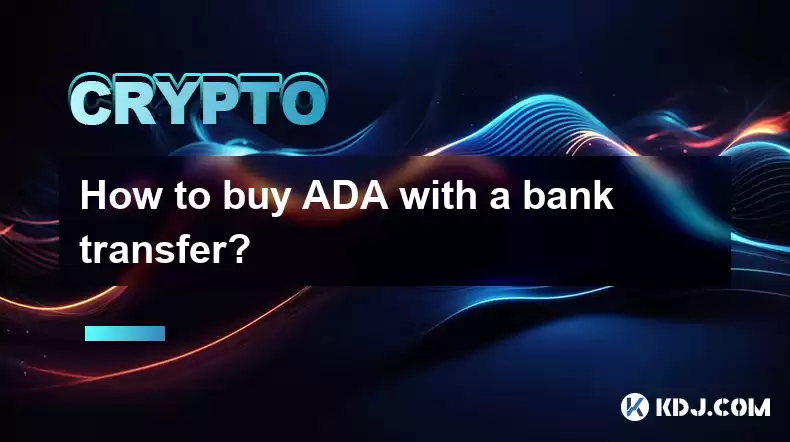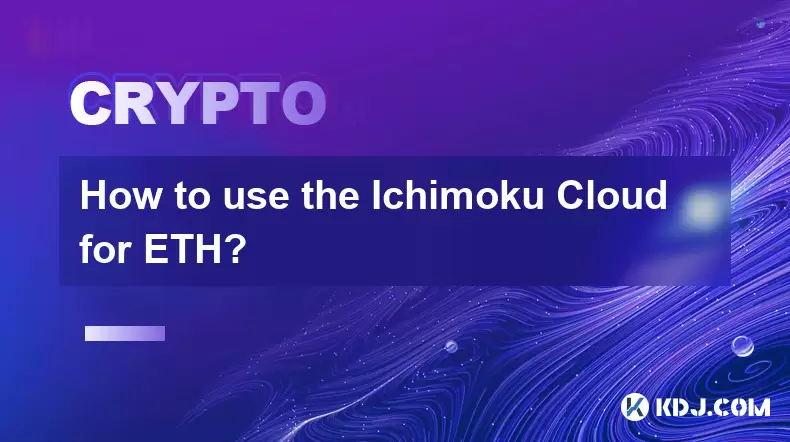-
 Bitcoin
Bitcoin $118900
0.42% -
 Ethereum
Ethereum $3710
-2.88% -
 XRP
XRP $3.513
-2.96% -
 Tether USDt
Tether USDt $1.000
-0.01% -
 Solana
Solana $203.0
3.65% -
 BNB
BNB $765.5
-1.29% -
 USDC
USDC $0.9998
0.00% -
 Dogecoin
Dogecoin $0.2671
-4.18% -
 Cardano
Cardano $0.8817
-3.63% -
 TRON
TRON $0.3139
-0.64% -
 Hyperliquid
Hyperliquid $44.34
-5.45% -
 Stellar
Stellar $0.4637
-4.08% -
 Sui
Sui $3.908
-2.59% -
 Chainlink
Chainlink $19.34
-2.62% -
 Hedera
Hedera $0.2712
-3.77% -
 Avalanche
Avalanche $24.97
-4.13% -
 Bitcoin Cash
Bitcoin Cash $519.8
-1.48% -
 Shiba Inu
Shiba Inu $0.00001518
-3.74% -
 Litecoin
Litecoin $115.6
-2.21% -
 Toncoin
Toncoin $3.460
3.68% -
 UNUS SED LEO
UNUS SED LEO $8.977
-0.07% -
 Polkadot
Polkadot $4.460
-2.96% -
 Uniswap
Uniswap $10.53
-5.43% -
 Ethena USDe
Ethena USDe $1.001
0.01% -
 Monero
Monero $323.6
-0.36% -
 Pepe
Pepe $0.00001379
-2.60% -
 Bitget Token
Bitget Token $4.772
-3.90% -
 Dai
Dai $0.9999
0.00% -
 Aave
Aave $307.5
-6.66% -
 Bittensor
Bittensor $441.8
0.84%
How to buy ADA with a bank transfer?
To buy ADA with a bank transfer, choose a reliable exchange like Binance or Coinbase, register and verify your account, deposit funds, and purchase ADA on the platform.
Apr 20, 2025 at 09:22 am

Introduction to Buying ADA with a Bank Transfer
Buying Cardano (ADA), one of the leading cryptocurrencies, through a bank transfer can be a straightforward process if you follow the right steps. This method is preferred by many due to its relative simplicity and the security of using traditional banking systems. In this guide, we will walk you through the process of purchasing ADA using a bank transfer, ensuring you understand every step along the way.
Choosing a Reliable Exchange
The first step in buying ADA with a bank transfer is to choose a reliable cryptocurrency exchange that supports this payment method. Popular exchanges like Binance, Coinbase, and Kraken offer this option. Before selecting an exchange, consider factors such as fees, security measures, and user reviews. Each exchange has its own set of procedures and requirements, so it's crucial to pick one that aligns with your needs.
Registering and Verifying Your Account
Once you've chosen an exchange, you'll need to register and verify your account. Registration typically involves providing your email address and creating a strong password. After registering, you'll be prompted to complete the verification process, which often includes submitting identification documents such as a passport or driver's license. This step is essential for complying with anti-money laundering (AML) and know-your-customer (KYC) regulations.
- Visit the exchange's website and click on the "Sign Up" or "Register" button.
- Enter your email address and create a password.
- Follow the prompts to complete the verification process, uploading required documents as requested.
Depositing Funds via Bank Transfer
After your account is verified, you can proceed to deposit funds into your exchange wallet using a bank transfer. Most exchanges provide detailed instructions on how to initiate a bank transfer. You'll need to provide your bank details and the amount you wish to deposit. The transfer may take a few days to process, depending on your bank and the exchange's policies.
- Log into your exchange account and navigate to the "Deposit" or "Funds" section.
- Select "Bank Transfer" as your deposit method.
- Enter the amount you wish to deposit and follow the provided instructions to complete the bank transfer.
Buying ADA on the Exchange
Once your funds are available in your exchange wallet, you can purchase ADA. Navigate to the trading section of the exchange and search for the ADA trading pair. Most exchanges offer ADA paired with major currencies like USD or EUR. After selecting the pair, enter the amount of ADA you want to buy and review the transaction details. Once you're satisfied, confirm the purchase.
- Go to the trading section of the exchange.
- Search for the ADA trading pair (e.g., ADA/USD or ADA/EUR).
- Enter the amount of ADA you wish to buy and review the order details.
- Confirm the purchase and wait for the transaction to complete.
Withdrawing ADA to a Personal Wallet
For added security, it's recommended to transfer your ADA to a personal wallet after purchasing. Choose a reputable wallet that supports ADA, such as Daedalus or Yoroi. You'll need to generate a receiving address from your wallet and use it to withdraw your ADA from the exchange.
- Set up and secure your personal ADA wallet.
- Generate a receiving address in your wallet.
- Log into your exchange account and navigate to the "Withdraw" section.
- Enter the amount of ADA you wish to withdraw and the receiving address from your wallet.
- Confirm the withdrawal and wait for the transaction to be processed.
Frequently Asked Questions
Q: Are there any fees associated with buying ADA via bank transfer?
A: Yes, there are typically fees involved when buying ADA through a bank transfer. These can include exchange fees, bank transfer fees, and network fees for transferring ADA to a personal wallet. It's important to review the fee structure of the exchange you choose to understand the total cost.
Q: How long does it take to buy ADA with a bank transfer?
A: The process of buying ADA with a bank transfer can take a few days. This includes the time it takes for the bank transfer to be processed and for the funds to be credited to your exchange account. Once the funds are available, purchasing ADA is usually instantaneous.
Q: Can I buy ADA with a bank transfer from any country?
A: The ability to buy ADA with a bank transfer can vary depending on your country of residence. Some exchanges may not support bank transfers from certain countries due to regulatory restrictions. It's essential to check the availability of this payment method on the exchange's website before proceeding.
Q: Is it safe to store ADA on an exchange?
A: While exchanges implement various security measures, it's generally safer to store your ADA in a personal wallet. Exchanges can be vulnerable to hacks and other security breaches. By transferring your ADA to a personal wallet, you have full control over your private keys and can better protect your assets.
Disclaimer:info@kdj.com
The information provided is not trading advice. kdj.com does not assume any responsibility for any investments made based on the information provided in this article. Cryptocurrencies are highly volatile and it is highly recommended that you invest with caution after thorough research!
If you believe that the content used on this website infringes your copyright, please contact us immediately (info@kdj.com) and we will delete it promptly.
- PNC Bank & Coinbase: Banking on Crypto's Future, NYC Style
- 2025-07-23 06:30:12
- Ruvi AI: The Next Avalanche Riding the AI and Blockchain Wave?
- 2025-07-23 06:30:12
- SEC, Bitcoin, and Crypto: Navigating the Wild West of Digital Finance
- 2025-07-23 04:30:12
- BlockDAG Mining Revolution: 10x Rewards and Crypto's Next Big Thing?
- 2025-07-23 06:10:12
- Tyre Legalities, the 20p Test, and Expert Advice: Staying Safe on the Road
- 2025-07-23 04:50:12
- Liberty Head Double Eagle Proofs: A Golden Opportunity?
- 2025-07-23 04:55:12
Related knowledge

What is Chainlink (LINK)?
Jul 22,2025 at 02:14am
Understanding Chainlink (LINK): The Decentralized Oracle NetworkChainlink is a decentralized oracle network designed to bridge the gap between blockch...

What is Avalanche (AVAX)?
Jul 22,2025 at 08:35am
What is Avalanche (AVAX)?Avalanche (AVAX) is a decentralized, open-source blockchain platform designed to support high-performance decentralized appli...

What is Polkadot (DOT)?
Jul 19,2025 at 06:35pm
Understanding the Basics of Polkadot (DOT)Polkadot (DOT) is a multi-chain network protocol designed to enable different blockchains to transfer messag...

What is Monero (XMR)?
Jul 21,2025 at 10:07am
What is Monero (XMR)?Monero (XMR) is a decentralized cryptocurrency designed to provide enhanced privacy and anonymity for its users. Unlike Bitcoin a...

How to add indicators to Ethereum chart on TradingView?
Jul 19,2025 at 07:15am
What Is an Ethereum Chart on TradingView?The Ethereum chart on TradingView is a visual representation of the price movement of Ethereum (ETH) over a s...

How to use the Ichimoku Cloud for ETH?
Jul 18,2025 at 09:56pm
Understanding the Ichimoku Cloud and Its ComponentsThe Ichimoku Cloud, also known as Ichimoku Kinko Hyo, is a versatile technical analysis tool that p...

What is Chainlink (LINK)?
Jul 22,2025 at 02:14am
Understanding Chainlink (LINK): The Decentralized Oracle NetworkChainlink is a decentralized oracle network designed to bridge the gap between blockch...

What is Avalanche (AVAX)?
Jul 22,2025 at 08:35am
What is Avalanche (AVAX)?Avalanche (AVAX) is a decentralized, open-source blockchain platform designed to support high-performance decentralized appli...

What is Polkadot (DOT)?
Jul 19,2025 at 06:35pm
Understanding the Basics of Polkadot (DOT)Polkadot (DOT) is a multi-chain network protocol designed to enable different blockchains to transfer messag...

What is Monero (XMR)?
Jul 21,2025 at 10:07am
What is Monero (XMR)?Monero (XMR) is a decentralized cryptocurrency designed to provide enhanced privacy and anonymity for its users. Unlike Bitcoin a...

How to add indicators to Ethereum chart on TradingView?
Jul 19,2025 at 07:15am
What Is an Ethereum Chart on TradingView?The Ethereum chart on TradingView is a visual representation of the price movement of Ethereum (ETH) over a s...

How to use the Ichimoku Cloud for ETH?
Jul 18,2025 at 09:56pm
Understanding the Ichimoku Cloud and Its ComponentsThe Ichimoku Cloud, also known as Ichimoku Kinko Hyo, is a versatile technical analysis tool that p...
See all articles

























































































